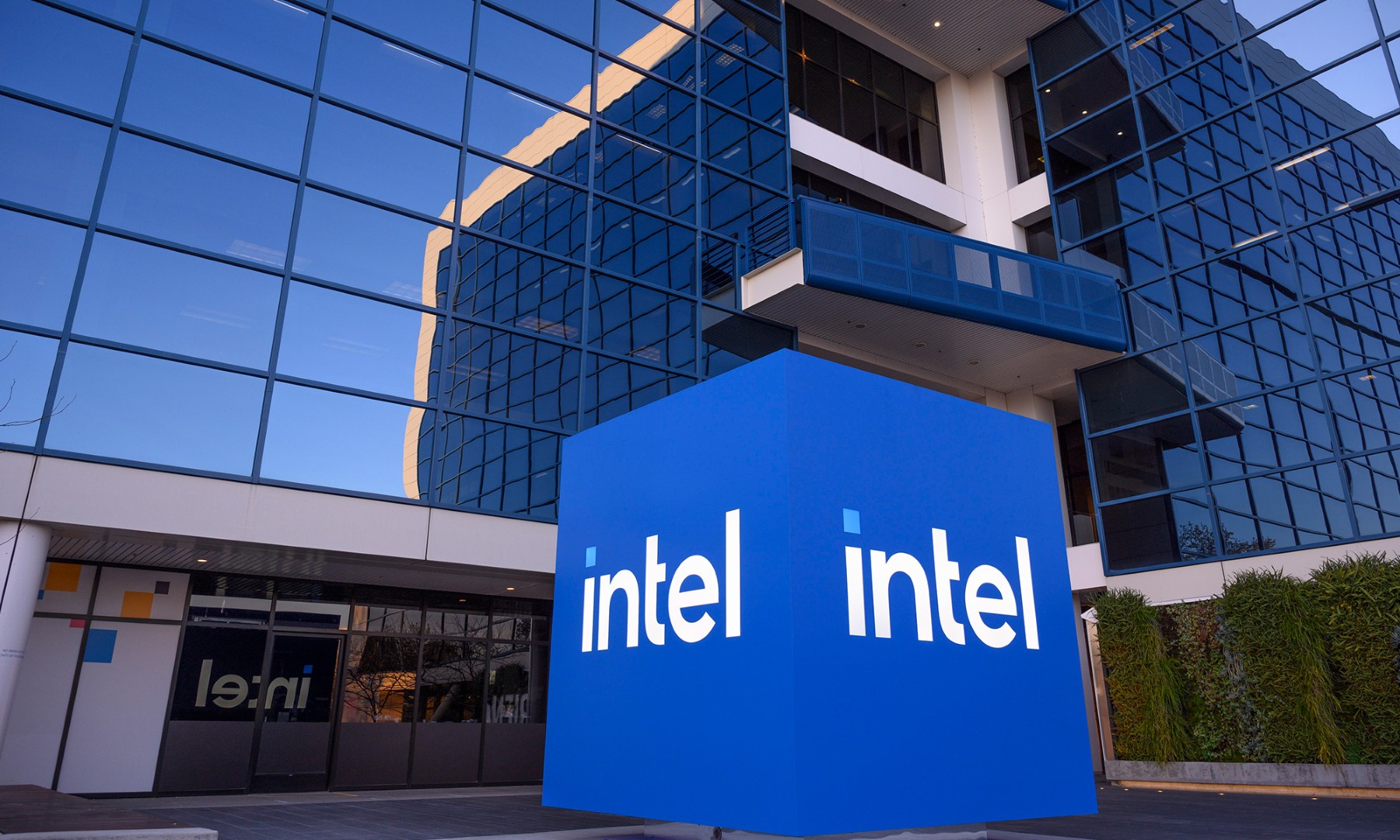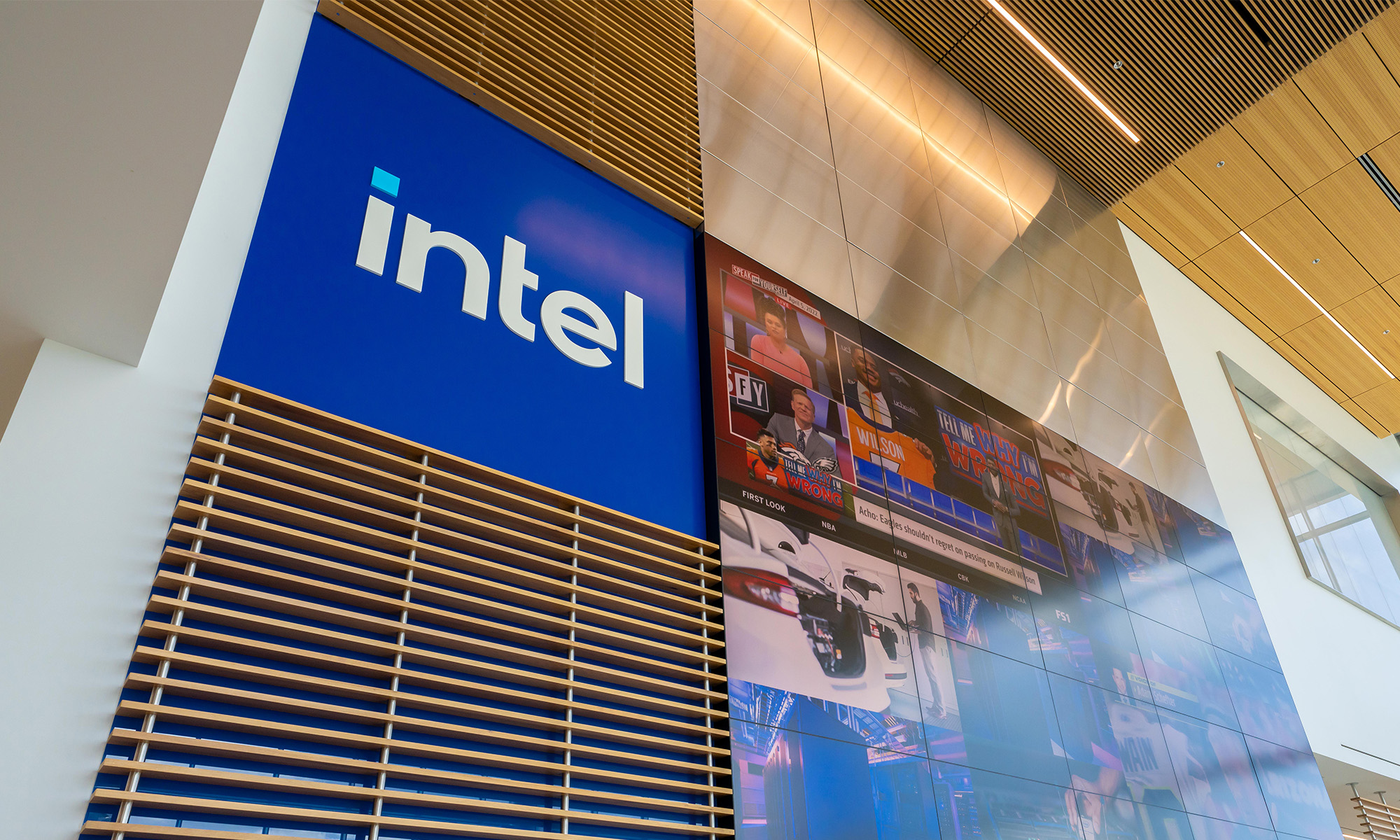At Intel's (INTC 1.07%) meeting for financial analysts back in February, the company declined to give a long-term goal with respect to its operating expenses as a percentage of its revenue.
"When you think about putting a profitability versus a growth, or a margin in an existing business, you run the risk of limiting investment," Intel CEO Brian Krzanich explained to investors in February.

Image source: Intel.
However, just two months later, on Intel's late-April earnings call, management provided investors with just such an operating-expense target.
"We are establishing a spending target of approximately 30% of revenue, which we expect to reach no later than 2020," CFO Robert Swan told investors.
Why the 180-degree turn? Let's take a closer look.
Appeasing the investment community
At the end of the day, Intel's job -- as is the case for every publicly traded company -- is to try to deliver value for its stockholders. That means boosting revenue, driving profits up, and ultimately driving the stock price up.
After Intel refused to set out an operating-margin target during its analyst day, the company received a downgrade from "outperform" to "neutral" from Credit Suisse analyst John Pitzer -- who had been very bullish on the stock for years.
Here was the rationale behind his downgrade:
What remains is a positive view on the Company, especially longer term, but a solidly neutral view of the stock at least until we find evidence of peaking rates of investments and/or more significant and sustainable revenue growth and operating leverage.
I don't think Pitzer's view is unique, either -- it likely reflects what many investors have been thinking for some time.
By putting out that operating-expense target of 30% of revenue by 2020 (notice that the target is several years out), Intel is trying to show investors the proverbial light at the end of the tunnel.
How Intel plans to get there
Krzanich said on that earnings call that this 30% target assumes mid-single-digit revenue growth over the next several years (a target that Intel put out at its investor meeting) with "cost reduction and efficiencies" serving to get Intel where it aims to go.
To place this target into perspective, for 2017, Intel projects revenue of $60 billion and operating expenses of $20.5 billion, putting its expected operating expenses as a percentage of revenue at 34.2%. This means that by 2020, the company expects to reduce its operating expenses as a percentage of revenue by 420 basis points.
If we assume that Intel grows revenue at a 5% compounded annual growth rate through 2020 (Intel's goal is "mid-single digit" growth, and 5% is the midpoint of that range), then Intel should be bringing in about $70 billion in revenue in 2020.
Thirty percent of $70 billion works out to $21 billion. So, what Intel is really saying is that it doesn't expect to grow its operating expenses by much over the next several years -- that is, the company is fully invested in its current long-term vision -- but it does expect to see enough revenue growth to bring down its operating expenses as a percentage of revenue.






